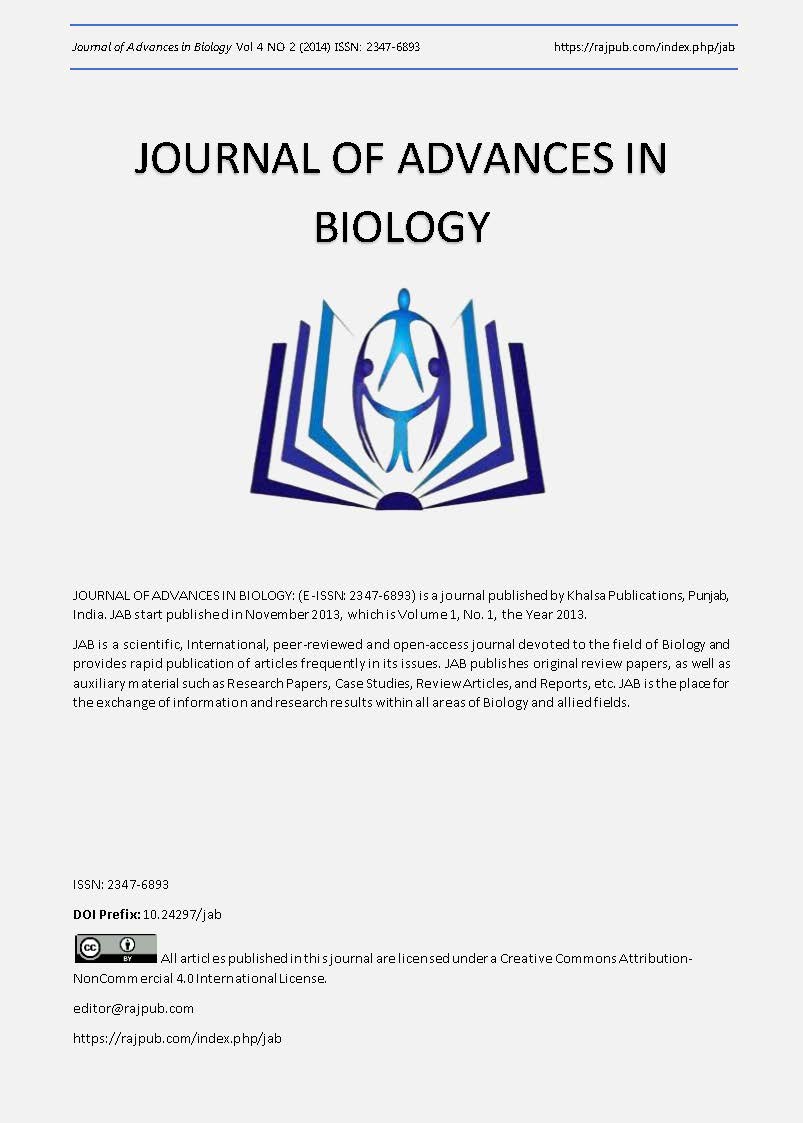Mating system and gene flow in the Lutheran communities from historical Polish territories (the Parish of Trzebosz, the second half of the 19th and early 20th century)
DOI:
https://doi.org/10.24297/jab.v4i2.5577Keywords:
Coefficient of Kinship, Factual and Theoretical Distribution of Mating Distances, Isonymy, Gene PolesAbstract
The aim of this paper was to analyse the mating system and the degree of genetic isolation of the Lutheran Parish of Trzebosz situated on the borderland between Greater Poland and Silesia. Use was made of 343 records from marriage registers for 1855-1913. For exogamous marriages an analysis of distributions of marriage distances based on the order of neighbourhood for isotropic, 2-dimensional migration was carried out. The factual and theoretical mating distances distributions were compared using the chi-square test. The degree of isolation of the Lutheran Parish of Trzebosz was evaluated on the basis of the coefficient of kinship f and the intragroup coefficient of inbreeding by isonymy. Gene flow in the Lutheran Parish of Trzebosz had no bearing upon the theoretical model of isotropic, 2-dimensional migration. Low values of the coefficients of kinship and the intragroup coefficient of inbreeding by isonymy show that the parish was not isolated in terms of breeding.
Downloads
Downloads
Published
How to Cite
Issue
Section
License
 All articles published in Journal of Advances in Linguistics are licensed under a Creative Commons Attribution 4.0 International License.
All articles published in Journal of Advances in Linguistics are licensed under a Creative Commons Attribution 4.0 International License.




